Do you know how to keep your pet healthy, heal your pet naturally at home, and help your dog (or cat) live longer?
Dr. Andrew Jones will be revealing some of his veterinary secrets, while at the same time releasing his Complete Home Study Multimedia Course Version2.1, and I’m inviting you to a free VIP teleseminar training call that he will be conducting this Thursday. In addition to all of this, you’ll find out how to heal your pet at home with his top natural remedies.
Date: Thursday Nov 19 at 6PM Pacific ( 9PM Eastern)
On this 90-min. teleseminar, you’ll discover not only how to treat your pet at home, you will also learn . . .
- Natural alternatives for Heartworm prevention.
- What you can give for flea and ticks that won’t harm your dog or cat.
- The TRUTH behind vaccines — how to avoid the disastrous side effects, and the exact vaccine regimen Dr. Jones advises for your dog or cat.
- The TOP ways to prevent disease. This is must-know material if your pet is to stay healthy and live a long and fulfilled life.
- The best diets for your pet. Dr. Jones can show you what to feed, how to choose a quality pet food, which supplements to give, and the safe treats to use.
There are only 500 lines available, so register early to claim your spot.
Please remember to print out the Study Guide available to you after you register for the teleseminar.
The seminar will take 90 minutes out of your day (Thurs, Nov 19th), but what you’ll learn may make a BIG difference in the health of your dog or cat.
Dr. Jones has also put up a new video on his blog. It’s a small clip from his workshop in which pet owners were shown how to use his natural healing techniques. You can see that HERE.
Dr. Jones also has a new report available for free. Dr Jones’ TOP 10 Veterinary Secrets for Keeping Your Pet Healthy, Healing Your Pet At Home, and Helping Your Dog or Cat Live Longer
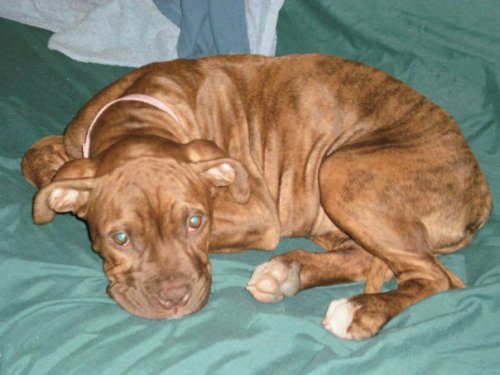
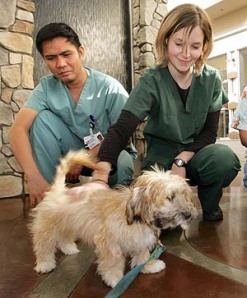
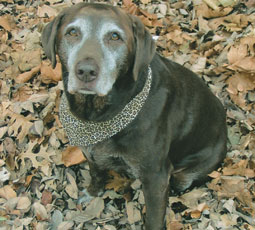

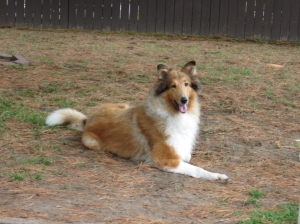
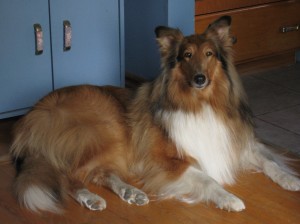
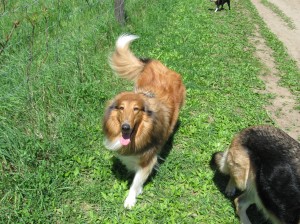
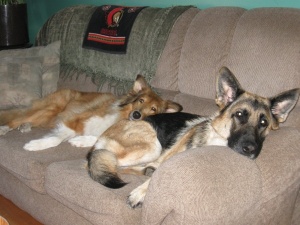

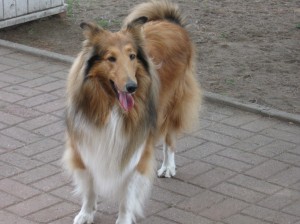

 R.I.P.
R.I.P.